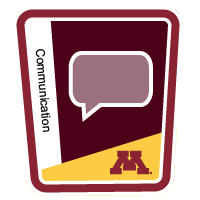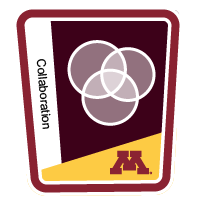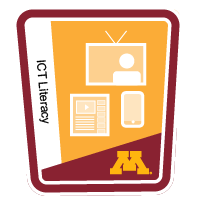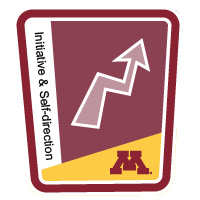Articulate the learning outcomes for your Digital Story assignment
Your first step is to articulate the learning outcomes for your course. Learning outcomes are written statements of the knowledge, skills, and values that a learner is expected to be able to demonstrate at the end of a course. Learning outcomes statements are written in measurable langauge using active verbs that refer to actions associated with the intended cognitive processes and nouns that declare the knowledge skill or values learners are expected to aquire or construct.
Example: Sociology 3090: Sociology of Neighborhoods
- Prepare an ethnographic study of your own neighborhood
- Apply ecological and spatial thinking to the neighborhood system
- Use mapping and statistical analysis software on neighborhood data
- Discuss the multiple disciplines’ perspectives on neighborhoods
- Define the study of sociology of Neighborhoods
- Identify the various sources and types of data used to study neighborhoods
| Learning Activities and Assessments | Individual / Group | % Grade | Course Outcomes (CO) | 21st Century Skills |
| Class Discussions | Individual | 10% |
CO1 CO2 CO3 CO5 |
|
| Group Discussions | Group | 10% |
CO1 CO2 CO3 CO5 |
|
| Reflection Essays | Individual | 20% |
CO1 CO2 CO3 CO5 |
|
| Labs: Tableau, Ethnography, Spatial Analysis | Individual | 15% |
CO4 CO5 |
|
| Reflection Esseys | Individual | 20% |
CO1 CO2 CO3 CO5 |
|
|
Digital Story Neighborhood Project
|
Individual | 45% |
CO1 CO2 CO3 CO5 CO6 |
|
Soc 3090 is an undergraduate-level sociology course in which learners gain general knowledge about the ecological effects of neighborhoods on social processes such as health or education while practicing basic skills in spatial reasoning through software and ethnographic methods.
Throughout the course learners spend time learning about various data-types (US Census data, ethnographic records, etc) to understand neighborhoods. Using Tableau software for mapping neighborhoods and R for performing mapping and statistical analysis of neighborhood data learners engage in an ethnographic study of their own neighborhood, where they will be asked to employ the tools in Tableau and R to further understand their local area.




